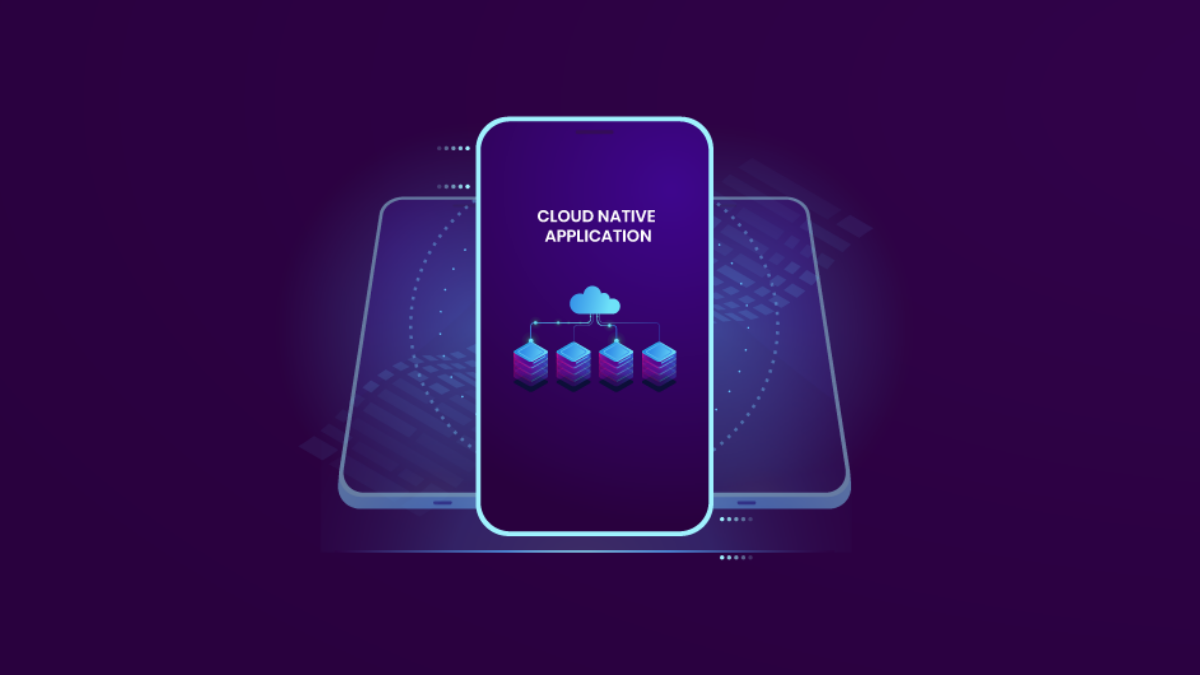While IT infrastructure evolves constantly in order to meet modern business requirements, one of the most significant developments of the last few years has to be the proliferation of cloud computing environments as a viable alternative to on-premises servers and storage solutions. Within cloud computing, the development of cloud-native applications has in its own right been a significant factor in unlocking the true potential of cloud technology.
So What Exactly is ‘Cloud-Native’?
Contents [show]
Cloud-native is an umbrella term used to describe digital solutions that are developed specifically with the key features and benefits of cloud computing environments in mind. Many cloud-native applications are based in the cloud from the beginning of their development cycle. In fact, their development is significantly influenced by the cloud-native architecture within which they are developed, and this applies to each stage of their lifecycle, from conception, development, and delivery all the way through to maintenance.
Key features of a cloud-native architecture include the use of containers, microservices, DevOps tools and a variety of third-party modules to help with key processes such as development and testing.
The containerised nature of cloud-native applications is a key feature as it allows for greater agility when it comes to improving overall applications- developers can focus on one container (a section of the overall app) in isolation without necessarily disrupting service in any of the other components.
This is in stark contrast to monolithic architectures for traditional applications, where downtime is significantly longer as the entire application may be affected by maintenance work on one single component.
What are Some of the Key Benefits of Cloud-Native?
The benefits of developing cloud-native applications are manifold, however, some of the most often cited include:
Agility
In a microservices architecture, which is what exists within a cloud-native environment, an application consists of a number of independent components that essentially run each process of that application as its own service. These microservices communicate with each other via application programming interfaces (APIs) or messaging. These are independent components working together in cohesion thanks to an orchestration program.
The above structure promotes agility as it requires less developmental resource per component, less compliance and security resource due to smaller, manageable exposures, and ultimately leads to more new components being launched and tested as it is a lot less cumbersome to get them through the development process.
Flexibility and Independence
Cloud-native applications are not restricted by infrastructure, which allows them to be run in a distributed manner which can be adjusted according to changes in the underlying infrastructure. What this means is that procurement departments don’t need to commit to larger, unnecessary contracts with infrastructure providers and vendors.
Rather, they know that the infrastructure can be scaled up or down depending on the needs of the business and that the application will be able to adjust accordingly. This is particularly useful for enterprises that may experience significant seasonality in terms of usage and loads.
Better Quality Through Rapid Iteration
Cloud-native applications benefit from rapid iteration, which is only made possible due to the transparency of the data and feedback loops available within a cloud-native development environment.
Cloud-native brings developers ‘closer to the users’, as they are able to ship many more micro-changes that can receive feedback in the real world, as opposed to more traditional development methods such as waterfall where a long gap exists between dev changes and user feedback, which can often lead to outdated solutions and avoidable customer experience issues.
Better Efficiency
Cloud-native environments improve efficiency by making it easier to start projects and continuously develop and integrate them into live workflows. Code can be pulled from specified branches to develop applications, while regression testing can be performed in the test environment to help verify the functionality of applications and ultimately publish them.
Troubleshooting can also be made easier in a cloud-native environment, thanks to the facility of engineers being able to easily retrieve exception logs without having to physically log into machines to detect issues.
Another way in which cloud-native application development promotes efficiency within an organisation is that its transparency allows for greater collaboration between different departments such as IT, marketing, sales, and management. When testing data is so transparent and readily available, it allows for more objective discussions and helps to allay compliance/security concerns that may otherwise hold up projects for weeks or months at a time.
These are just some of the benefits of building cloud-native applications. Ultimately it comes down to how organisations utilise the technology at their disposal. There are still some benefits to porting traditional, monolithic applications into a cloud environment from an on-premises solution. However, to truly unlock the potential that cloud technology offers, cloud-native application development must be seriously considered by any organisation investing in cloud technology.


